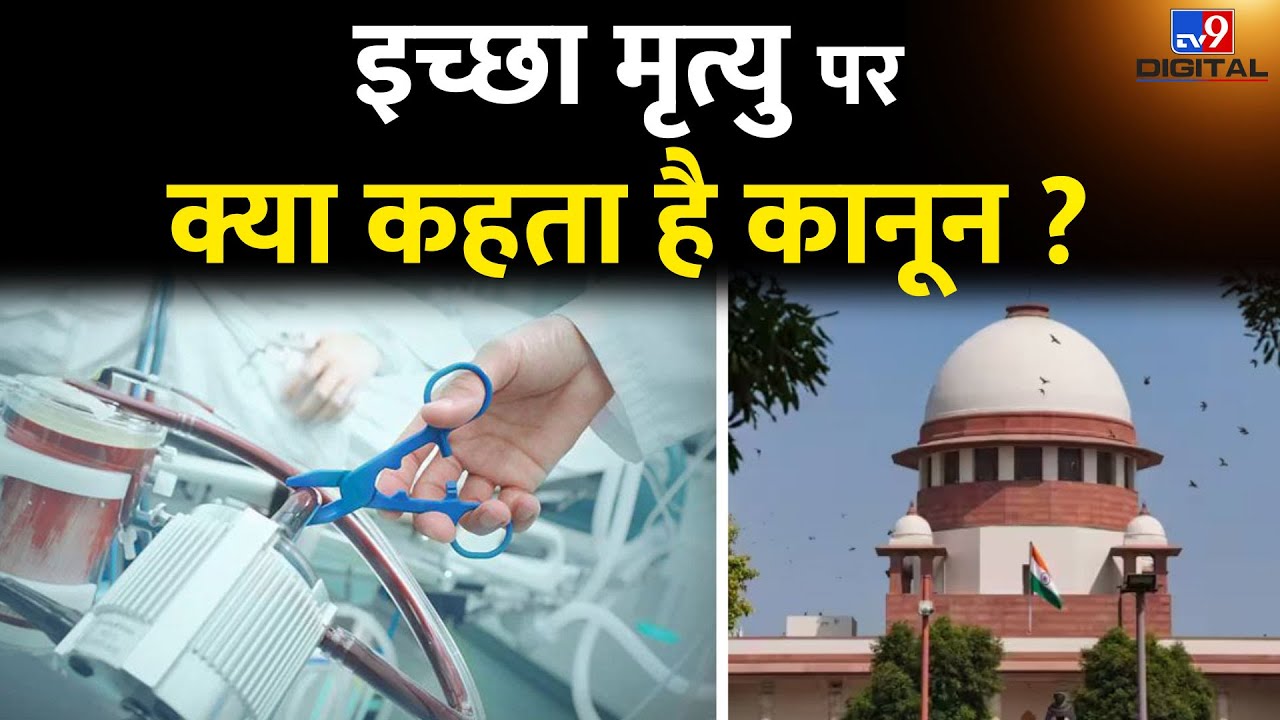Font size:
Print
Fluorosis Sonbhadra
Context:
Sonbhadra district, the second-largest in UP, has excessive fluoride in groundwater due to its rich granite deposits.
More on News
- A March report by the Jal Nigam confirmed high fluoride levels in 120 hamlets, affecting nearly 2 lakh people.
- Some villages reported fluoride levels exceeding the safe limit of 1-1.5 mg/L, with some reaching 2 mg/L or more.
- Additional contamination by iron and arsenic further worsens water quality.
Background
- Vijay Kumar Sharma, a 64-year-old resident of Padarach village, has been bedridden for a decade due to skeletal fluorosis.
- He attributes his deteriorating health to excessive fluoride in groundwater, consumed through a borewell he installed in 2002.
- Multiple medical treatments in Varanasi and Lucknow proved ineffective.
Health Impact of Fluoride Contamination
- Fluorosis: The residents of villages like Padarach and Kudwa have been suffering from skeletal fluorosis, a condition caused by excessive fluoride consumption, which can lead to:
- Joint pain, stiffness, and bone deformities
- Mobility issues and muscle weakness
- Yellow stains on teeth (especially among children)
- Fluorosis was first detected in Padarach village in 2013 after several health complaints.
Government Response and Challenges
- Water Supply Issues: Despite government promises, the residents in many villages have had to rely on contaminated borewells and hand pumps for their drinking water, as the water supply systems are either insufficient or not fully operational.
- After the Jal Nigam report was released in March 2024, the district administration began supplying treated water to 120 affected villages. However, water is only provided for 30 minutes daily, leading to long queues and shifts to get access.
- Tanker water has been supplied to the villages, but it’s still not enough to meet the demand for drinking and other daily needs.
- Water Treatment Plants: There were previous attempts to install small-scale water treatment plants in the villages, but technical issues, lack of expertise, and maintenance problems led to their failure. This highlights the challenge of sustaining infrastructure in rural areas.
- Jal Jeevan Mission: Under the Jal Jeevan Mission, a comprehensive plan to provide clean drinking water has been initiated. So far, 10 out of 12 schemes are operational, but it may take another two to three months to bring all the affected areas under this scheme.
- Over 13,000 km of pipelines have been laid to deliver water, but the geographic spread of the villages has caused delays in the completion of the work.
- Regular Water Testing: As a precautionary measure, Jal Sakhis (trained women) are conducting regular water testing at the village level. The results are uploaded on a mobile app, which helps in monitoring water quality and guiding the district administration in taking corrective action.
Geographical & Socio-Economic Factors
- Sonbhadra, known as India’s “energy capital,” shares borders with MP, Chhattisgarh, Jharkhand, and Bihar.
- Five blocks—Dudhi, Myorpur, Babhani, Kone, and Chopan—are rich in granite deposits, causing fluoride leaching.
- Padarach village, with 300 residents, is among the worst affected.
Public Health Concerns & Precautionary Measures
- Residents are advised against boiling groundwater as it increases fluoride concentration.
- Consumption of lemon and tamarind is encouraged to reduce fluoride impact.
- Many adults suffer from mobility issues, while almost all children have yellow teeth.
Local Concerns and the Road Ahead
- Fear of Incomplete Projects: Locals like Amresh Yadav from Padarach village are worried that the pipeline project will remain incomplete, leaving them reliant on contaminated groundwater again. Water supply remains irregular, and there’s a deep concern that the government’s promises may not be fully realised.
- Ongoing Health Risks: Even though the government is making efforts to supply treated water, the long-term health impact on the residents, particularly children, is a cause for concern. The villagers are also advised to avoid boiling the groundwater, as it increases fluoride concentration.
- Lack of Infrastructure: The failures of past schemes to deliver clean water, especially the faulty water treatment plants and delayed pipeline installation, illustrate a systemic challenge in ensuring consistent access to safe drinking water in rural areas.
- The current steps being taken are part of a broader effort to fix the problem, but technical, logistical, and resource-based issues continue to hinder full implementation.


